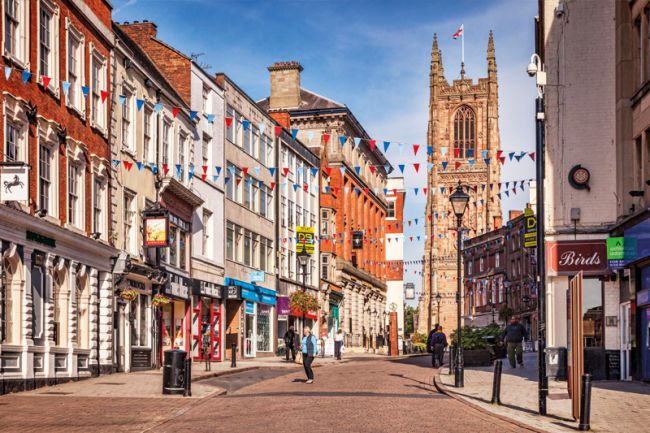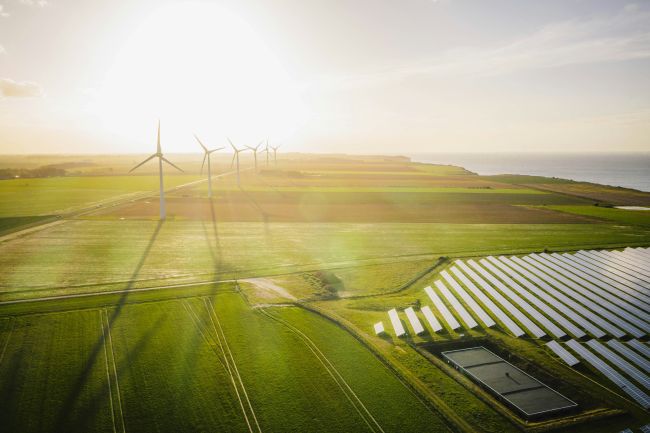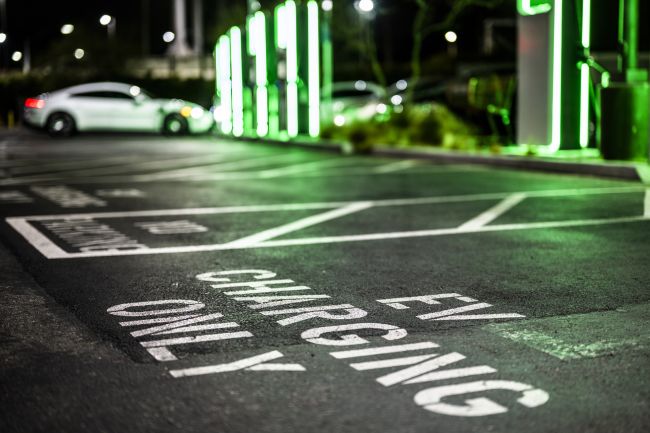Woodland asset transfers in Wales: Measuring the unmeasurable
Nature-based solutions, public access to land, and the wellbeing benefits of being outdoors are topics which loom large in public discourse.

Nature-based solutions, public access to land, and the wellbeing benefits of being outdoors are all topics which loom large in public discourse.
The pandemic saw a mass awakening to the importance of spending time in nature, something which has only been boosted by recent controversies over wild camping in the UK’s national parks. At the same time, the potential for utilising resources like woodland to reap the financial rewards of carbon offsetting or boost ever-dwindling biodiversity has been realised in a policy landscape dominated by climate change.
Against this backdrop, myself and my colleagues at Steer were asked by the Welsh Government to assist them with questions they had regarding the extent of the benefits, risks, and costs of allowing communities or third sector organisations (e.g., social enterprises) to own or manage part of the Welsh Government Woodland Estate managed by Natural Resources Wales.
There has been a growth in community ownership or management of woodlands in recent years, driven by a combination of local interest, innovation, and policy interventions such as the Community Forest Partnerships (England), Cydcoed programme (Wales), and Community Asset Transfer Scheme (Scotland). But historically, community woodland ownership and management are less embedded in our culture compared to many other European nations. It is understood that transfers carry wide and varied social, environmental, and economic benefits such as employment, wellbeing, and enhancement of ecosystem services and therefore should be in line with government policy objectives. However, the outcomes of such transfers are an unknown quantity when it comes to responsible finance, putting the government at odds with fiscal rules.
The question then becomes this: against a need to be fiscally responsible, how can the social value of transactions such as these be established?
The Welsh question
Wales is a nation rich in woodland habitats, with lush tree canopy and grassland covering 15% of Britain’s western-most nation. Of this forested landscape, 60% is in private hands, with the remaining 40% is managed by National Resources Wales (NRW) on behalf of the Welsh Government.
With a growth of interest in carbon-offsetting initiatives and the associated business case for them, there has been an increase in land grabs by wealthy private investors in recent years. On the opposite end of the spectrum to this is the growth of community forestry in the UK, which has seen an uptick of woodlands managed by, and for the benefit of, local communities by community woodland groups (CWG).
In 2020, community group Green Valleys proposed a transfer of 80 hectares of woodland in the Rhondda Valley managed by NRW to create the Skyline Project. According to Green Valleys, this proposal was rejected due to concerns by the Welsh Audit Office over the financial responsibility of such a move. Despite the NRW disputing this claim, in order to justify a decision of this nature, it will first be necessary to consider the potential impacts and value for money implications, in accordance with the government’s Green Book and Managing Public Money policies. At the time of commissioning, there was no existing framework in place within NRW to support these requirements.
As such, Steer Economic Development (Steer ED) were commissioned by the Welsh Government on behalf of NRW to undertake research to identify potential costs, benefits, and risks of community transfer of woodland assets in comparison to continued NRW management and to establish an evaluation framework for future transactions.
Woodland evaluation framework
As part of our extensive process, we conducted a literature review and undertook in-depth consultations with both NRW and prospective CWGs.
The potential benefits of woodland asset transfers were identified as; increasing biodiversity through low impact silvicultural systems (LISS) woodland; health benefits through increased public access for exercise; economic boosts through jobs, tourism, and timber sales; and community benefits through cultural activities, education, and an uplift in community wellbeing and their capacity to take on other activities that will maintain or enhance their quality of life.
However, despite the identification of the potential of these benefits in the literature review, there was not always solid evidence of their fruition. There were no formal evaluations of improved biodiversity, and mixed evidence of a boost in local employment due to the CWG transfer. Meanwhile, there was strong evidence for health benefits and increased opportunities for education and skills.
Along with positive outcomes, we also identified risks like the long-term financial viability of projects, which often rely on rounds of grant funding and struggle to find competent leadership for social enterprise ventures. There is also the issue of labour on woodland management projects, which is often voluntary and can see key figures age out of their positions.
NRW are keen for woodland asset transfers to CWGs to take place, but is legally bound to be fiscally responsible. To aid them in their work, we used our evidence review along with a review of over 20 existing tools and guidelines, such as HM Treasury’s The Green Book, Enabling a Natural Capital Approach (ENCA), and the Outdoor Recreation Valuation Tool, to create a signposting guide so the NRW can assess both the financial viability of woodland transfers as well as their ongoing benefits.
Managing the net zero transition
Using our signposting guide, NRW can create an appraisal framework for community woodland asset transfers to allow for potential impacts to be quantified and, where appropriate, monetised. Among our recommendations is using this signposting guide to create a set of metrics which can be used in an ongoing measurement process.
Measuring hard-to-quantify outcomes will become more and more important as our society and economy transition to net zero in the coming years. Nature-based solutions are often touted as a remedy to our addiction to carbon-producing fuels, but in order for them to work, we need proper methods of governance to measure their success.
Steer ED’s project with NRW feeds into our wider work on net zero transition management, and we’re proud to have helped communities around the UK examine what net zero will look like for them.
















